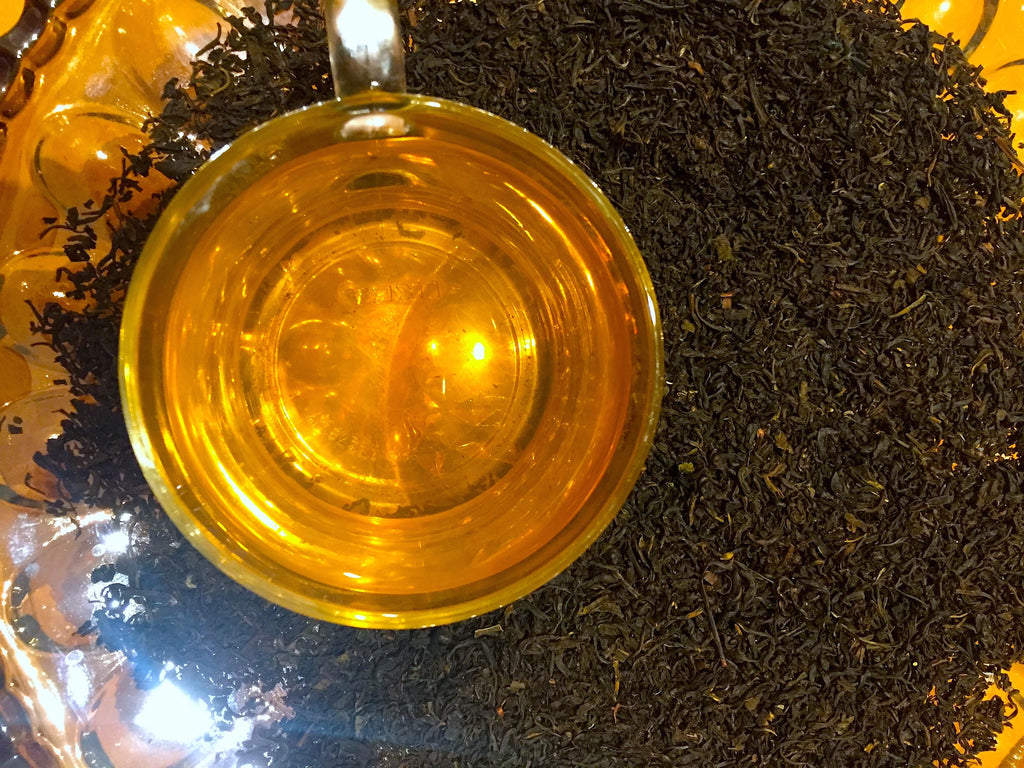Palampore: get to know your tea
Tea lovers enjoy the varieties, seasons, flavours and blends of tea, however not everyone knows that the business of growing tea and the methods of producing this amazing beverage are an equally involved and enriching experience. Tea is picked over three seasons each year and is frequently classified along two sets of parameters. The first being the season or the flush when the tea is picked; namely the first, second or third flush. The second is on the basis of the kind of leaf; whole leaf, broken leaf, fannings and tea dust. The following grid will give you a bit of insight on how to evaluate tea across these two parameters.

The above is a simplified metric to explain how tea is generally evaluated. It is important to remember however that the season, region, method of oxidation and preparation significantly affect the quality and experience of each cup of tea. The treatment of the leaves and the oxidation process after they have been picked also determines whether the end product is a Green or a Black tea. No amount of reading about it can however replace developing one’s own palette to decipher the flavours and nothing can replace experiencing a wide variety of teas to become a nuanced drinker or a connoisseur.
Read also 'The Legendary History of Tea' by clicking here...
Explore the high grown himalayan teas here.
Broadly speaking though, one can assume that a first flush from a tea garden will be better than the third flush of the same garden and a whole leaf will be better than tea dust. Needless to say, within each category the type of leaf, the size of the leaf, the part of the plant where it is picked from, the manner of picking and the kind of treatment and packaging of the tea all play a significant role in establishing its taste and quality, not least the skill of the person preparing the tea in your kitchen.
Read some ' Exciting Tea Recipes From Around The World' by clicking here...
The value of tea could vary from as little as a few Pounds for a Kilogram of tea dust sold in tea bags at the street corner to over a thousand Pounds for a few hundred grams of the most exquisite leaf at specialty stores. One can however get some really good whole leaf teas for a fairly reasonable price on the high street now. Some really excellent teas to try off the shelf are the Flowery Orange Pekoes of first flushes from good tea growing regions or white teas from some plantations. Tea sommeliers evaluate the aromas, flavours, colours, liquor and after taste of tea in a manner similar to the way connoisseurs experience wine and whiskey. Each region though has its own distinctive features and each drinker has their own tastes and preferences.


